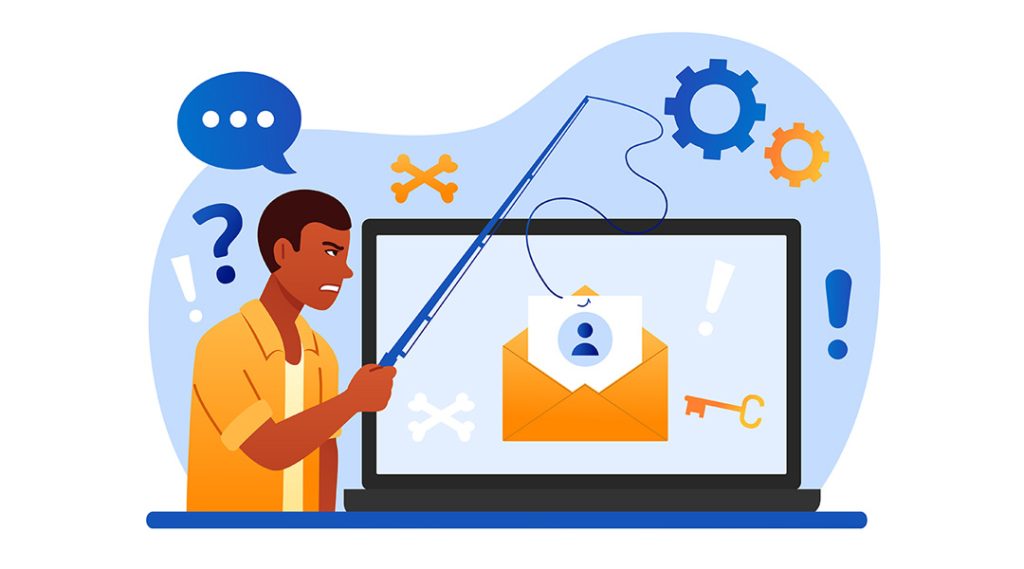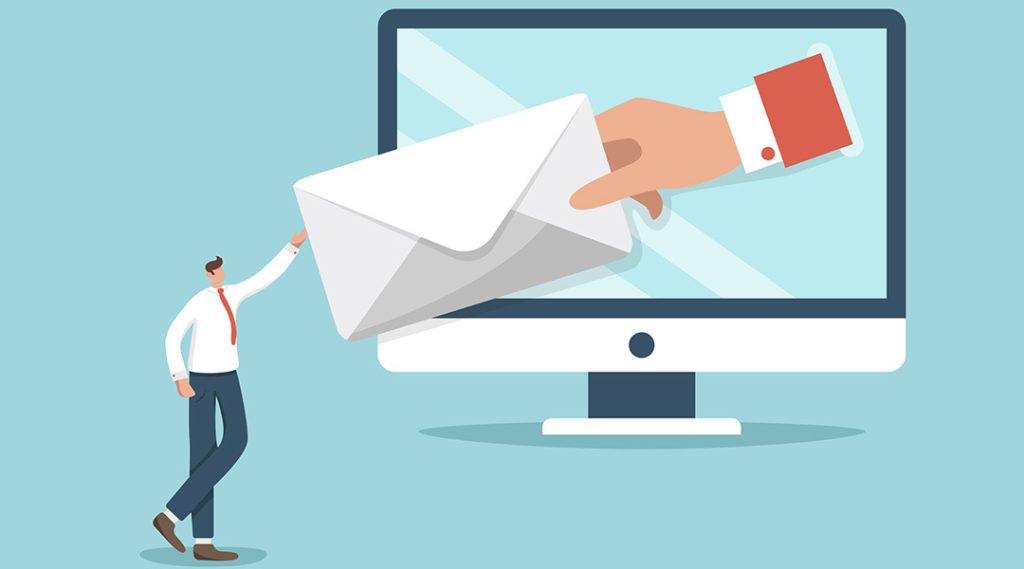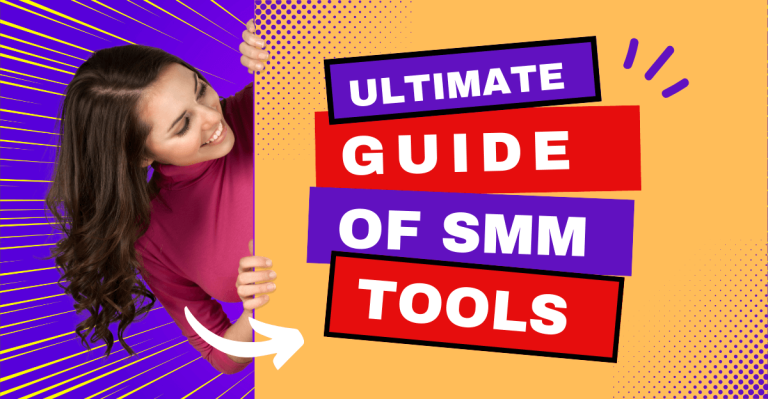HOW YOUR NEWSLETTER WILL BE DELIVERED TO YOUR INBOX (8/8)
It is important for those who send newsletters to their subscribers to take into account the different types of email interaction. While some types of interaction can have a positive impact on the reputation and delivery of your newsletters, other types can have the exact opposite effect.
So what will we study today:
- The different ways in which subscribers can interact positively or negatively with your emails and how each action affects your reputation and ability to deliver your newsletters.
- Email items that annoy subscribers and make them react negatively.
- How to reduce subscriber complaints and boost their loyalty.
Each time you send an email, mailbox providers take into account the actions of your recipients to help them determine whether you are a sender sending relevant content to recipients.
For example, if your recipients decide to move your email from your spam folder, open or reply to your email or click on your website, your mailbox providers will interpret these actions positively. But if your recipients decide to delete your email without opening it or mark your email as junk, your mailbox providers will take this negative feedback into account and reduce your chances of having your newsletters delivered to their inbox in the future.
Because they are quite important, let's talk a little more about complaints.
WHAT ARE THE COMPLAINTS

Basically, when a subscriber clicks the spam button after receiving your email, it is considered a complaint. Complaints have the most negative impact on your sender's reputation because they essentially warn email providers that subscribers do not want to receive your emails.
Think of a time when you clicked on the spam button. (Don't feel bad, we've all done it!) Remember what made you complain? There are several reasons why recipients do it.
REASONS THAT MARK YOU AS A SPAMMER
For example, may never have registered to receive email from you in the first place. If you send emails to non-subscribers, you are not only setting the stage for spam issues, but also for potential legal issues. When it comes to email, consent is key. If the addressees have not consented ever receive your email, have every right to protest and our email providers have every right to filter your mail as spam.
Another common reason for complaints is the lack of recognition. Imagine that you are scrolling through your inbox. You quickly scan the long list of "from" addresses to see who is messaging you. You recognize (and even expect messages from) most of the senders in your inbox. But suddenly you notice a sender you've never seen before. You start to wonder how they got your email address. It upsets you even a little bit. You'd probably complain about this sender, right? Right...
The reasons for the complaints do not stop there. Other reasons include:
- Send emails to your subscribers who do not meet their expectations
- Sending them campaigns that do not interest or concern them
- I send them too many emails
- Making it impossible for them to find an "unsubscribe" link in your email.
As a reminder of what we covered in the lesson about the newsletter design and the content it delivers, if subscribers are not given the option to unsubscribe, they will often hit the spam button. It may seem paradoxical, but unsubscribing can actually be a good thing. It won't negatively affect your sender's reputation, but it will affect spam complaints, reducing them dramatically. It may not feel good to know that people want to unsubscribe from your email program, but it will be much worse to see all your emails go to spam because your complaint rate increased.
9 WAYS TO REDUCE SPAM CARANGELS

Now, you're probably wondering how you can reduce spam complaints so that they don't negatively impact your newsletter delivery.
Fortunately, we have some tips for you:
RIGHT EXPECTATIONS
Start by setting in advance the right expectations. When subscribers sign up for an email program, it is usually in exchange for specific content or value. For example, some businesses promise subscribers a free gift for their birthday or exclusive access to discounts when they sign up for their newsletter.
By making these promises at the time of registration, the brand sets its expectations early. Can your subscribers expect emails once a week? Do they get access to VIP offers? Will they receive special gifts or giveaways from you? Make it familiar from the beginning.
MEET EXPECTATIONS
Then check back later to make sure you are meeting these expectations. If you spot any inconsistencies on your part, use this as an opportunity to deliver on your promises and improve subscriber loyalty.
IDENTIFIABLE EMAILS
Make sure your emails are easily identifiable. It is important that recipients can easily identify you as the sender of the email by having a well-branded "from" address and subject line.
respect their choices
Send subscribers the email type you promised to send them when you signed up. And be sure to observe the standard sending frequency. If the recipient has the option to choose how often he/she will receive communications from you (and he/she MUST have this option) and the type of messages he/she will receive (informative, promotional, etc.), then make sure that you respect his/her choice and do not spam him/her.
EASY UNSUBSCRIBE FROM THE NEWSLETTER
Make it easy for subscribers to unsubscribe. We can't say it enough: it's always better for your reputation for a recipient to unsubscribe than to complain.
UNDERSTAND THE REASONS
Take time to really understand why people are marking you as spam or unsubscribing. Although it may not seem like it, the complaints and unsubscribes are a huge opportunity for you! Every time someone complains, it brings to your attention an aspect of your email marketing program that needs to be improved. When you fully understand the reasoning behind a new complaint spam, gives you all the information you need to improve.
PERSONALISED CONTENT
Improve your relationship with your subscribers. Include personalized content (such as a photo promoting a product they've expressed interest in on your site) or dynamic content (such as a countdown timer leading to a holiday discount) in your email campaigns.
TARGETING AND SEGMENTATION
Use targeting and segmentation techniques. Organize your subscribers into smaller groups based on age, location, product interest or other variables. This will make it easier for you to create content that is relevant to each group and improve the subscriber experience.
AUTOMATED EMAILS
Apply activated and automated emails based on the behaviour of subscribers. Since these types of emails are sent in response to unique actions taken by individual subscribers, they are very relevant to recipients and have a very high open and click-through rate.
This is where our course on the deliverability of your emails ended. We hope you learned something useful!



